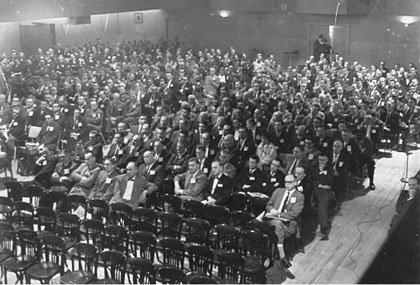Article
Rep by Pop (Plain-Language Summary)
Representation by population (or “rep by pop”) is a political system. It is when seats in a legislature are assigned based on population. This upholds a basic idea of democracy that all votes should be counted equally. Rep by pop was a deeply divisive issue in the Province of Canada (1841–67). It became an important factor in Confederation. This article is a plain-language summary of Rep by Pop. If you would like to read about this topic in more depth, please see our full-length entry: Rep by Pop.







